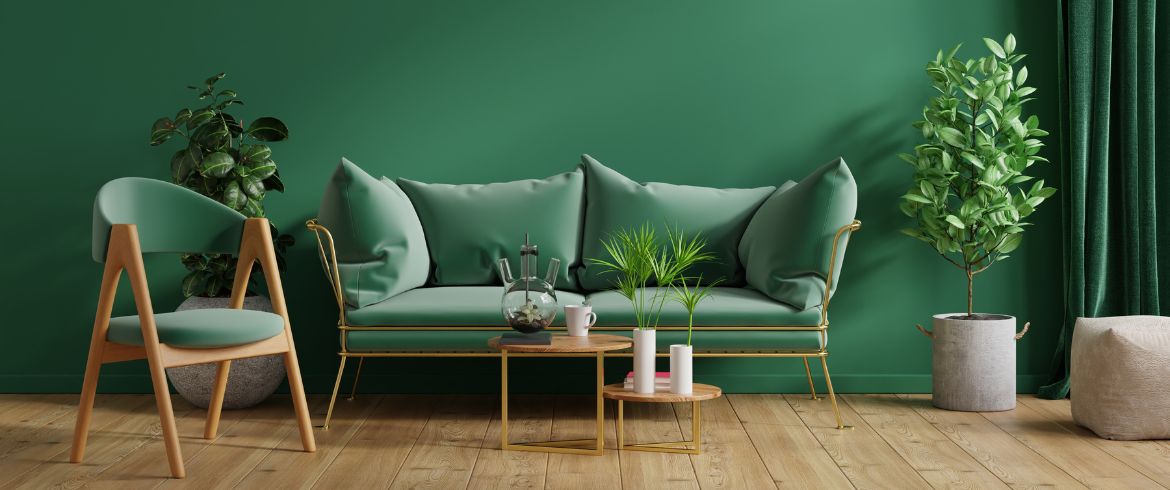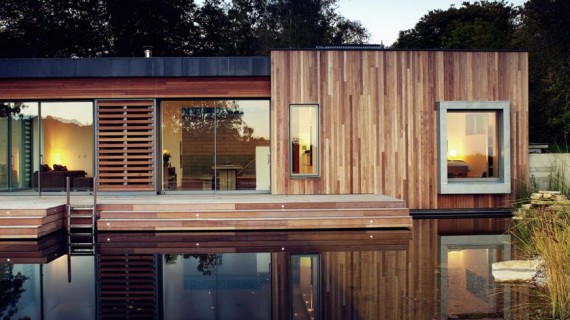As sustainability becomes an essential part of contemporary life, every decision in home design carries greater significance. Even flooring—often overlooked in eco-living conversations— plays a crucial role in creating interiors that are both stylish and environmentally responsible.
By choosing greener flooring materials, homeowners can reduce their carbon footprint, improve indoor air quality, and create spaces that reflect modern values of health and longevity.
How Does Flooring Impact a Living Space
Flooring covers more surface area than any other material in a home or accomodation. From the way the material is sourced to its life cycle and eventual disposal, the environmental impact of your choice is significant.
Traditional flooring options like vinyl or laminate may contain plastics, VOCs (volatile organic compounds), and synthetic adhesives that release pollutants over time. Green flooring, by contrast, prioritises:
- Sustainable sourcing – materials are harvested or quarried responsibly, often with certifications to ensure minimal ecosystem disruption.
- Longevity – durable products reduce the need for frequent replacements, cutting down on waste and resource use.
- Healthier indoor air – natural materials often emit fewer chemicals, supporting a healthier environment for occupants.
Natural Stone: A Timeless and Sustainable Option
Among sustainable flooring options, natural stone stands out for its durability, recyclability, and timeless look. Because it’s naturally occurring, it requires less processing than synthetic flooring, reducing energy and resource use.
Its exceptional lifespan means it can last for decades (sometimes centuries!) without losing its beauty or integrity. Some suppliers, such as Quorn Stone, emphasise responsible sourcing, offering materials like carefully selected limestone with sustainability in mind.

Benefits Beyond Sustainability
Eco-friendly flooring benefits both people and the planet:
- Durability – natural stone and other eco-friendly materials resist wear and tear, making them ideal for high-traffic areas.
- Low maintenance – surfaces such as limestone and porcelain require minimal cleaning products, reducing chemical usage.
- Thermal properties – stone naturally regulates temperature, staying cool in summer and retaining warmth when paired with underfloor heating in winter.
- Timeless design – sustainable materials like stone, bamboo, and reclaimed wood offer classic appeal that transcends passing trends.
Pairing Sustainability with Modern Design
Green flooring choices complement the clean lines and open spaces typical of contemporary interiors. Stone flooring, for example, can be used to create seamless transitions between indoor and outdoor living areas, encouraging a connection with nature.
Combining natural stone with reclaimed wood or recycled glass accents allows homeowners to achieve layered interiors that are both stylish and eco-conscious.
Making the Right Choice for Your Home
When selecting a green flooring material, consider:
- Life cycle impact – choose materials that will last and can be recycled or repurposed at the end of their use.
- Local sourcing – whenever possible, opt for products that minimise transportation emissions.
- Certifications and transparency – look for suppliers who provide clear information about quarrying practices, chemical treatments, and environmental standards.
Living Sustainably from the Ground Up
Sustainability in modern living begins beneath your feet. By selecting natural, eco-friendly flooring, you can design spaces that are functional, elegant, and respectful of the planet.
Whether renovating a single room or planning an entire building, sustainable flooring reduces environmental impact, improves comfort, and adds timeless appeal. It’s more than a design decision: it’s a commitment to a greener future, proving that style and responsibility can go hand in hand.
Cover image: photo via Canva PRO




